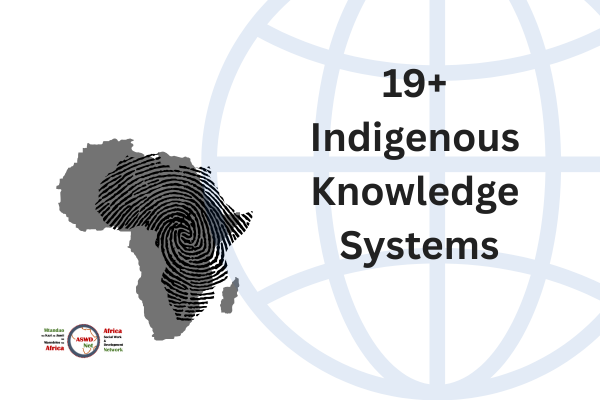Tree of Life Approach
Participants draw trees or are provided with drawings of trees and label the tree with their life information. The approach was developed by Ncabelo Ncube-Mlilo who worked with children at Masiye Camp in Zimbabwe during the peak period of HIV/AIDS. Ncube developed the tree of life idea to ensure that children tell their stories in a culturally appropriate manner and in a way that does not put grief at the centre. To tell their stories, the children drew trees and label the trees to show their relations, good things and bad things in their life. The tree is metaphorical, it is beautiful, strong, green but it also faces storms and there are bugs that give the tree some problems. The points below were copied verbatim from Ncube, N. 2006. The Tree of Life Project. Using narrative ideas in work with vulnerable children in Southern Africa. The International Journal of Narrative Therapy and Community Work 2006 No. 1, 3-16. the metaphor of the tree is as follows:
- Roots: Children were invited to think about and write on their Tree of Life significant figures from their ancestry, origins and family history.
- Trunk: The trunk of the tree was a prompt for children to draw representations of significant events that had shaped their lives: these were either positive events or events that could be regarded as difficult or that evoked a painful memory.
- Leaves: The leaves of the tree represented important people or significant relationships in an individual’s life. At Masiye Camp we introduced the metaphor of fallen leaves to represent important people that had been lost to the child (e.g. parents who had died).
- Branches: The branches of the tree were a prompt to elicit the child’s thoughts, ideas and wishes about the direction which he/she would like go in life.
- Fruits: The fruits stood for the achievements that the child had accomplished in his or her life; the things that he/she was proud of.
- Bugs: The bugs of the tree, which would sometimes eat parts of the fruit and destroy the leaves, were designed to represent the problems and challenges that children were facing in their day-to-day lives.
Discover more from Africa Social Work & Development Network | Mtandao waKazi zaJamii naMaendeleo waAfrika
Subscribe to get the latest posts sent to your email.



